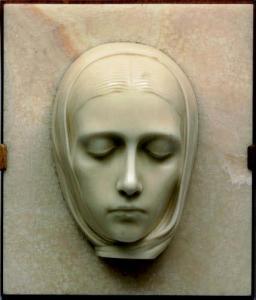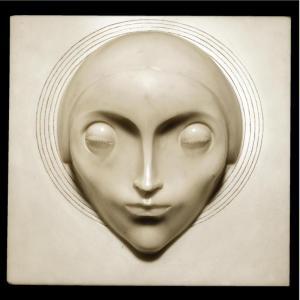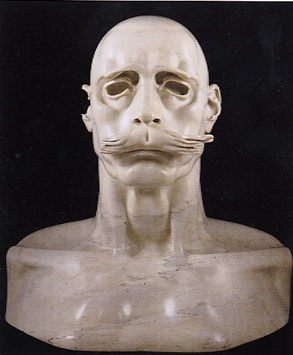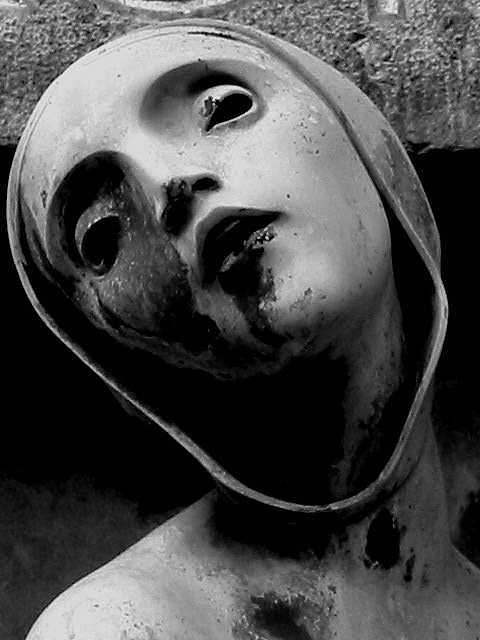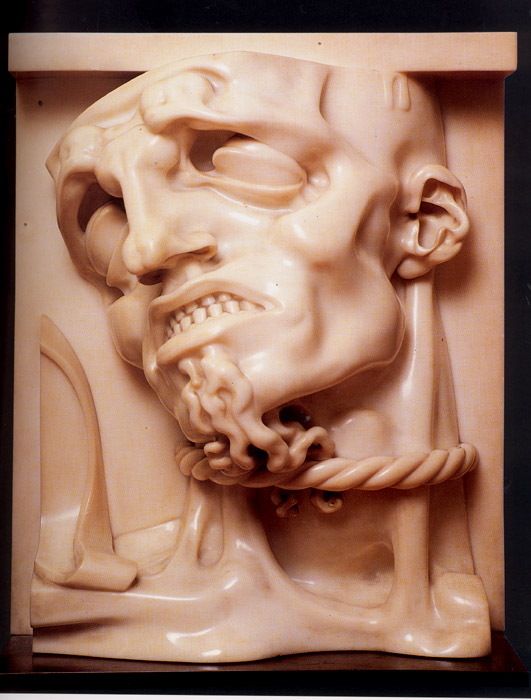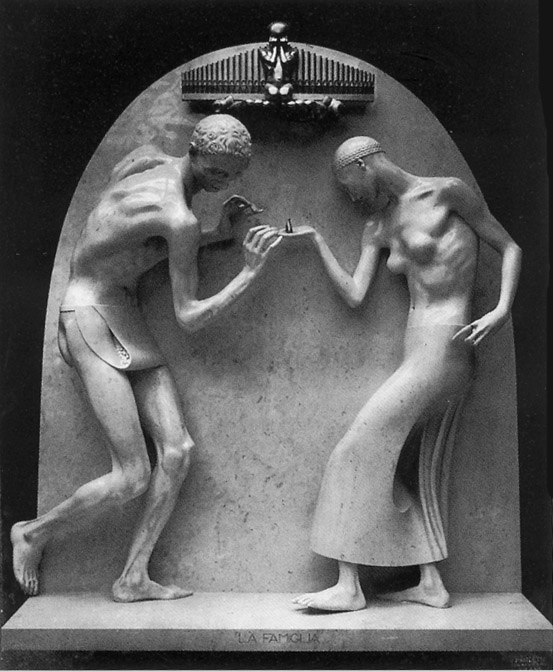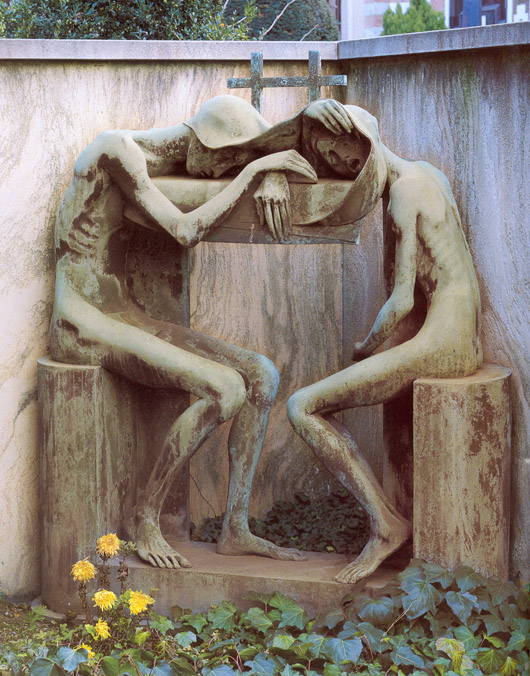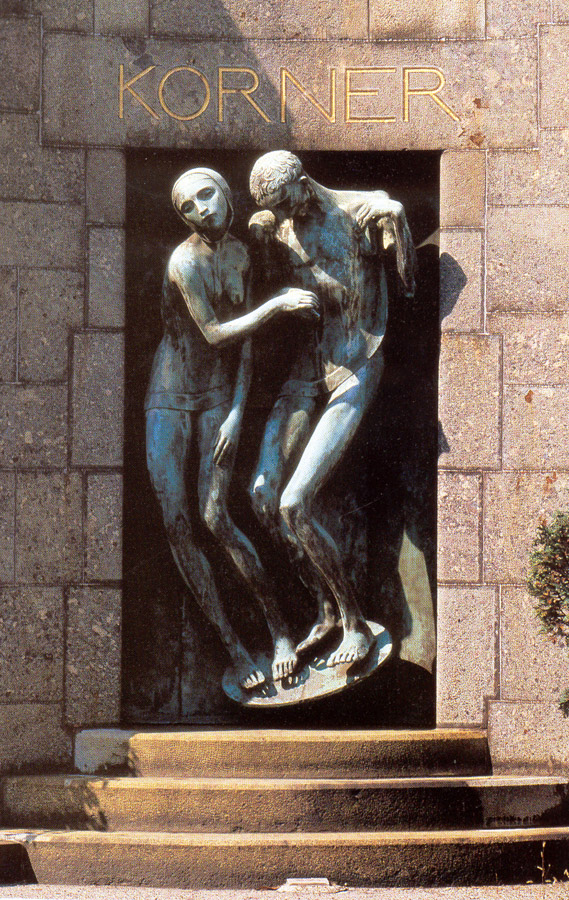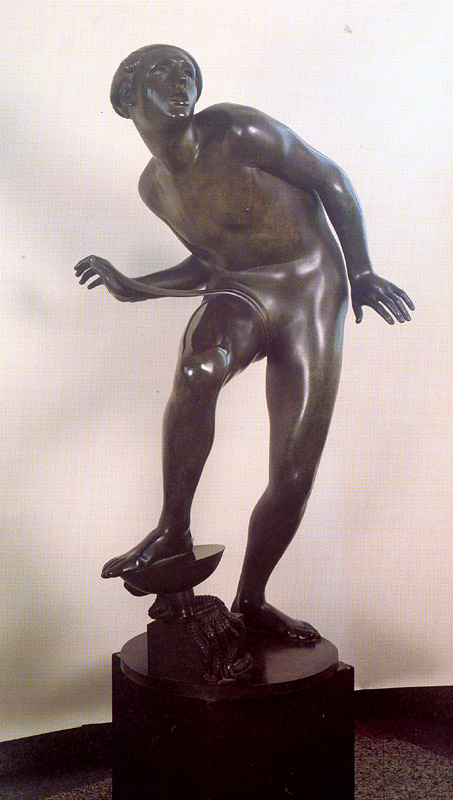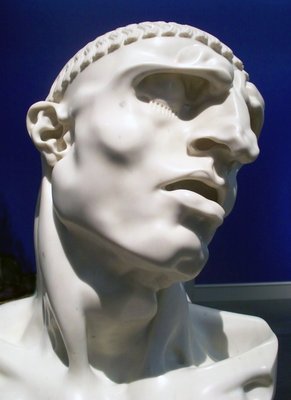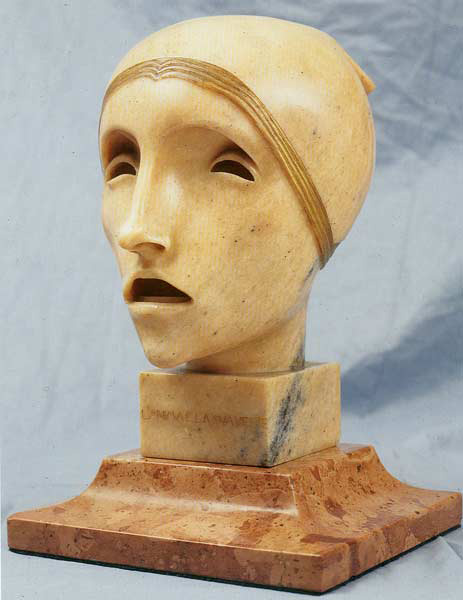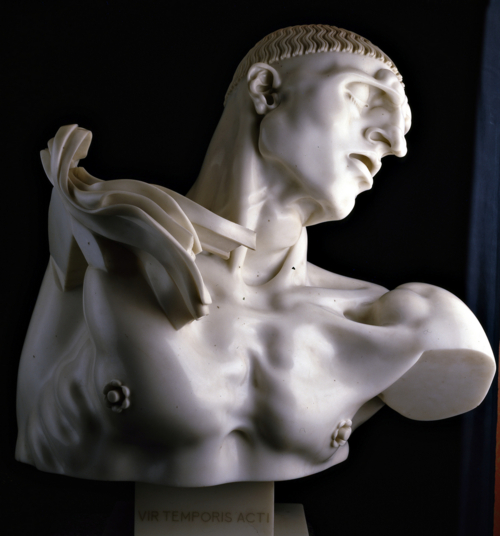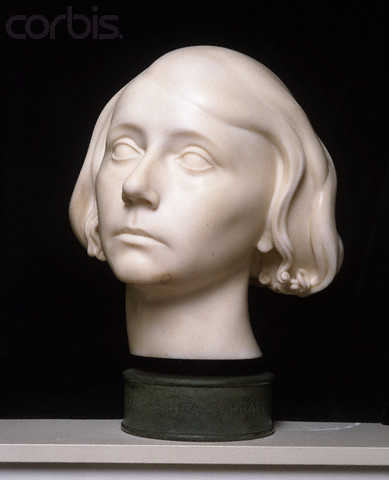<Back to Index>
- Painter Mario Sironi, 1885
- Sculptor Adolfo Wildt, 1868
PAGE SPONSOR
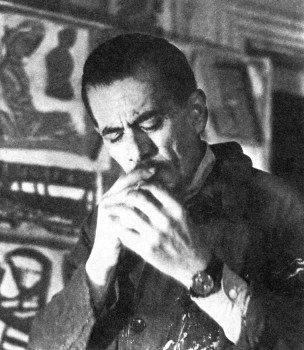
Mario Sironi (May 12, 1885 – August 13, 1961) was an Italian modernist artist who was active as a painter, sculptor, illustrator and designer. His typically somber paintings are characterized by massive, immobile forms.
He was born in Sassari on the island of Sardinia. His father was an engineer; his maternal grandfather was the architect and sculptor Ignazio Villa. Sironi spent his childhood in Rome. He embarked on the study of engineering at the University of Rome but quit after a nervous breakdown in 1903, one of many severe depressions that would recur throughout his life. Thereafter he decided to study painting, and began attending the Scuola Libera del Nudo at the Accademia di Belle Arti di Roma. There he met Giacomo Balla, who became "his first real teacher". Sironi also met Gino Severini and Umberto Boccioni, and like them he began painting in a Divisionist style under the guidance of Balla. By 1913, Balla, Boccioni and Severini had developed a new style — Futurism — which Sironi also adopted for a brief time.
Sironi served in World War I as a member of the Lombard
Volunteer Cyclists and Drivers.
After the war, his version of Futurism gave way to an art
of massive, immobile forms. In paintings such as La
Lampada of 1919 (Pinacoteca di Brera, Milan),
mannequins substitute for figures, as in the metaphysical paintings of
Giorgio de Chirico and Carlo Carrà. In 1922, Sironi was
one of the founders of the Novecento Italiano movement,
which was part of the return to order in European art
during the post war period. Paintings such as Venere
of 1921 – 1923 (Galleria Civica d'Arte Moderna, Turin) and
Solitudine ("Solitude", 1925; Galleria Nazionale
d'Arte Moderna, Rome), with their contained, geometric
forms, bear some kinship to the neoclassicism evident in
works produced at the same time by Picasso.
Sironi's works of the late 1920s, many of which feature monumental, archaic figures of families in bare, mountainous landscapes, are "marked by a sense of humanity burdened with history ... [and] an almost Romanesque spirit of a solemn expressionism". The pure forms of his earlier work were replaced by a primitivist form of classicism, and his style became more painterly.
A supporter of Mussolini, Sironi contributed a large number of cartoons — over 1700 in all — to Il Popolo d'Italia and La Rivista Illustrata del Popola d'Italia, the Fascist newspapers. Rejecting the art market and the concept of the easel painting, he became committed to the ideal of a fusion of decoration and architecture, as exemplified by Gothic cathedrals. He felt that the mural was the proper basis of a popular national art. The state commissioned from him several large scale decorative works in the 1930s, such as the mural L'Italia fra le arti e le scienze (Italy Between the Arts and Sciences) of 1935, and he also contributed to the Exhibition of the Fascist Revolution in 1932. Although his esthetic of brutal monumentality represented the dominant style of Italian Fascism, his work was attacked by right wing critics for its lack of overt ideological content.
As an artist closely identified with Fascism, Sironi's reputation declined dramatically in the post World War II period. Embittered by the course of events, he had returned to easel painting in 1943, and worked in relative isolation. His withdrawal from society increased after the death of his daughter Rossana by suicide in 1948. The paintings of his later years sometimes approach abstraction, resembling assemblages of archaeological fragments, or juxtaposed sketches. He continued working until shortly before his death on August 13, 1961, in Milan.
During his lifetime Sironi exhibited internationally. It
is possible that the cellular style of his compositions
exhibited in the U.S. during the 1930s influenced WPA
muralists. In the postwar years, Sironi fell from favor
due to his earlier association with Fascism, and was
accorded little attention from art historians. A
revival of interest in Sironi's work began in the 1980s,
when his work was featured in major exhibitions, notably Les
Réalismes at the Centre Georges Pompidou (1981) and
Italian Art in the Twentieth Century at the Royal
Academy, London (1989).
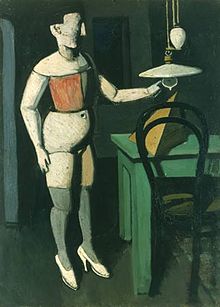
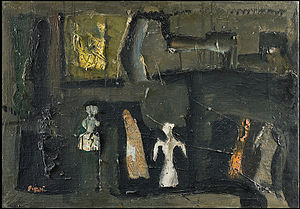
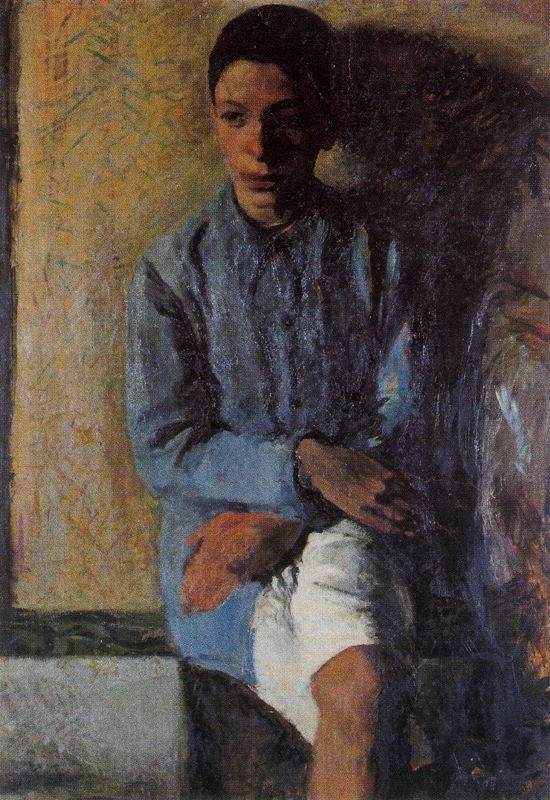
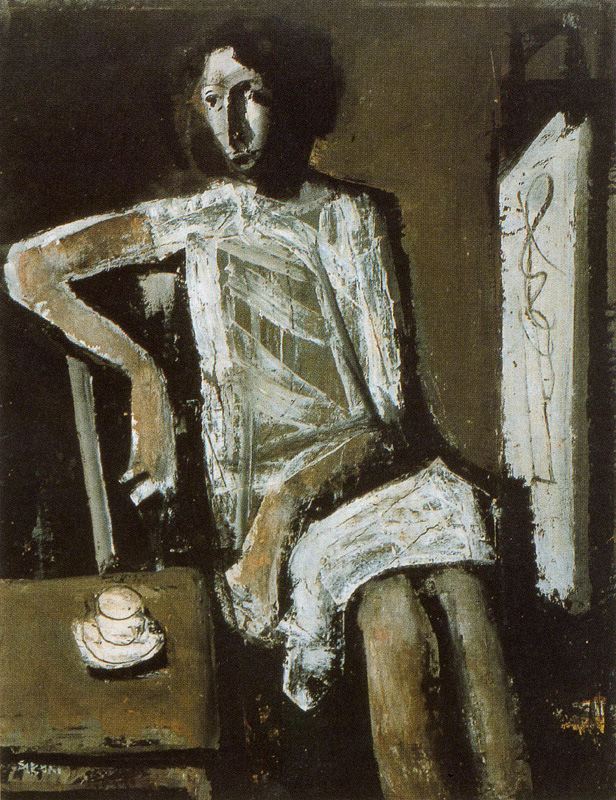
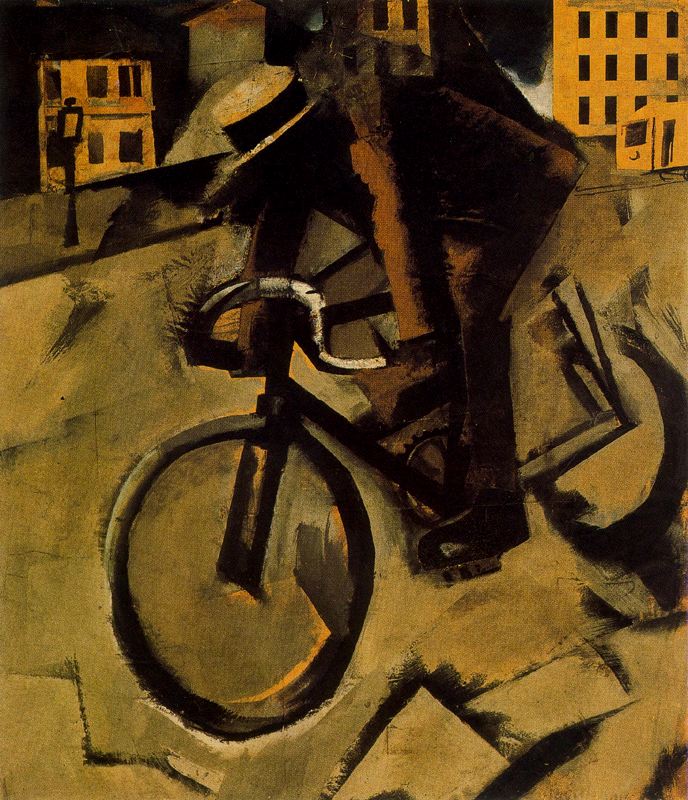
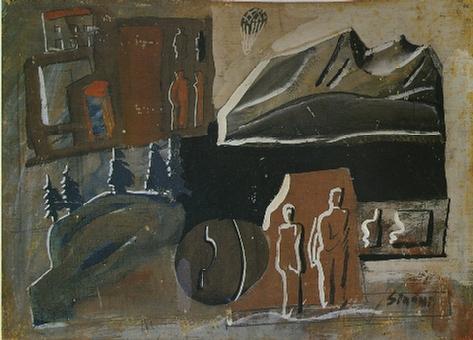
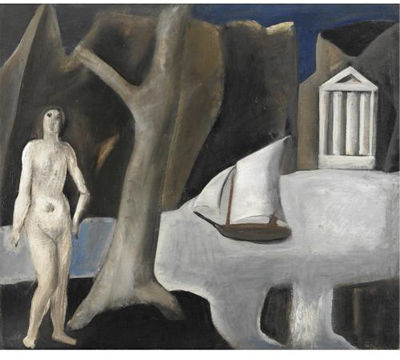
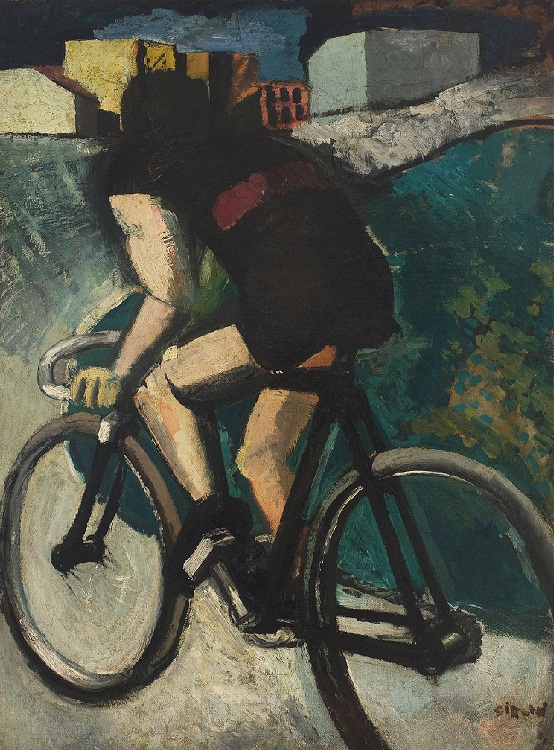
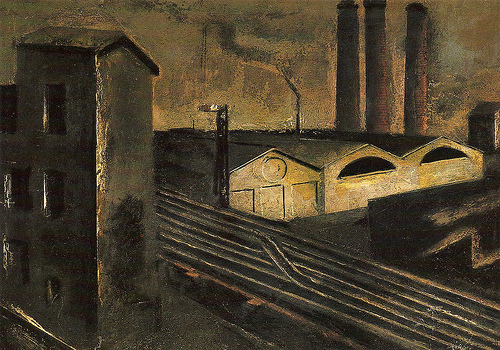
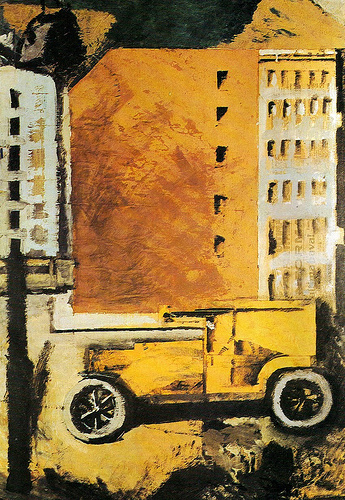
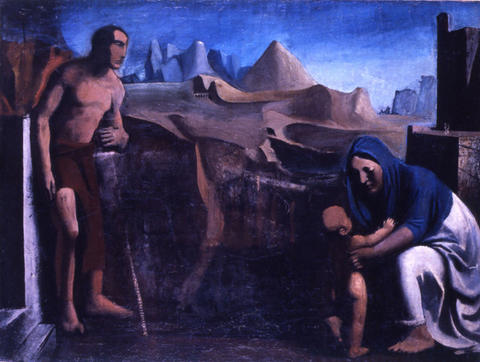
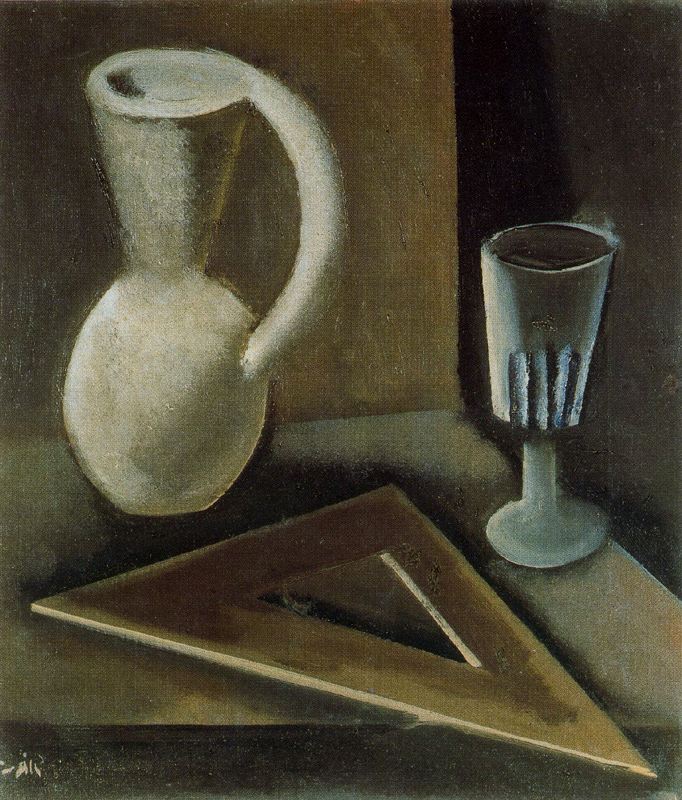
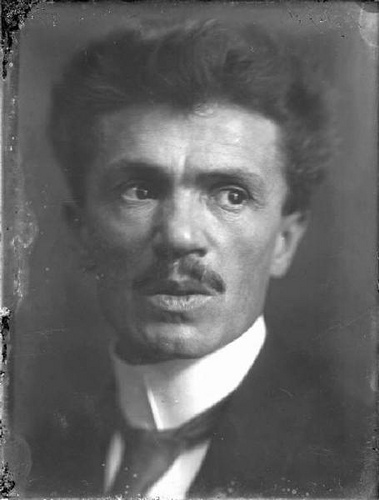
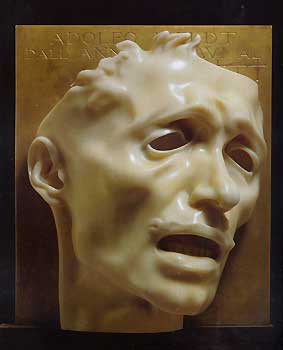
Adolfo Wildt (Milan, March 1, 1868 - Milan, May 12, 1931) was an Italian sculptor whose works, which blend simplicity and sophistication, led the way for numerous modernist sculptors.
Wildt came from a poor family of Swiss origin who many generations before had settled in Lombardy. Because of his family's limited means, Wildt left school at age nine to work as an apprentice; first as a hairdresser and then as a goldsmith. At eleven he began his apprenticeship in the workshop of Giuseppe Grandi who introduced him to the working of marble. His ability to finish the marble made him famous at the age of eighteen. From 1888 he worked for Federico Villa, which made him known as one of the most famous sculptors of the Lombardy era. At the same time, Wildt could continue his studies at the Brera, the School of Applied Arts and then the Accademia di Belle Arti.
In 1893 he exhibited the first work, a portrait of his wife, at the Society for Fine Arts in Milan, which was immediately purchased by the National Gallery of Modern Art in Rome. From 1894 he worked for Franz Rose, a Prussian collector, with whom he signed a contract for a period of eighteen years. With this protection, Wildt could immerse himself in his work, participating regularly in exhibitions held in Milan, Monaco, Zurich, Berlin and Dresden.
After the death of its promoter Rose (1912), was forced to compete for the first time with the art market. In 1913, he was awarded the Premio Principe Umberto for his design for the fountain show at The trilogy of Secession of Monaco, then exhibited in the courtyard of the Humane Society in Milan. From 1914 onwards he was able to regularly attend various international exhibitions. Furthermore, he held a staff position in 1919 at the Galleria Pesaro in Milan, while in 1921, 1924 and 1926 he exhibited at the Venice Biennale. In 1921 he founded his School in Milan Marble which then became part of the Accademia di Brera and was developed in 1927 into a three year program. Among his most famous pupils were Lucio Fontana, Fausto Melotti and Luigi Broggini.
Having a strong late nineteenth century Romanticism
background, Wildt was dedicated to the art of sculpture
strongly influenced by the Secession and by Art Nouveau.
His art is characterized by complex symbolism and by
definition is almost Gothic in its forms. The extreme
smoothness of the surfaces gives his marble busts their
absolute purity and plastic integrity that has always
tried to reconcile with an almost frenzied dramatic
feeling. Wildt is on the threshold of Expressionism that
proves particularly sad and upset in the expression of his
self portrait of 1908. A significant body of his
masterpieces is present in the Civic
Museums of Forlì: Fulcieri Paulucci de 'Calboli
(1919), Saint Lucia (1926), St. Francis of Assisi (1926),
Mask of sorrow or Portrait (1908 – 1909), Lux (1920), The
fountain santa (1921), protection of children or little
ones (1918).
